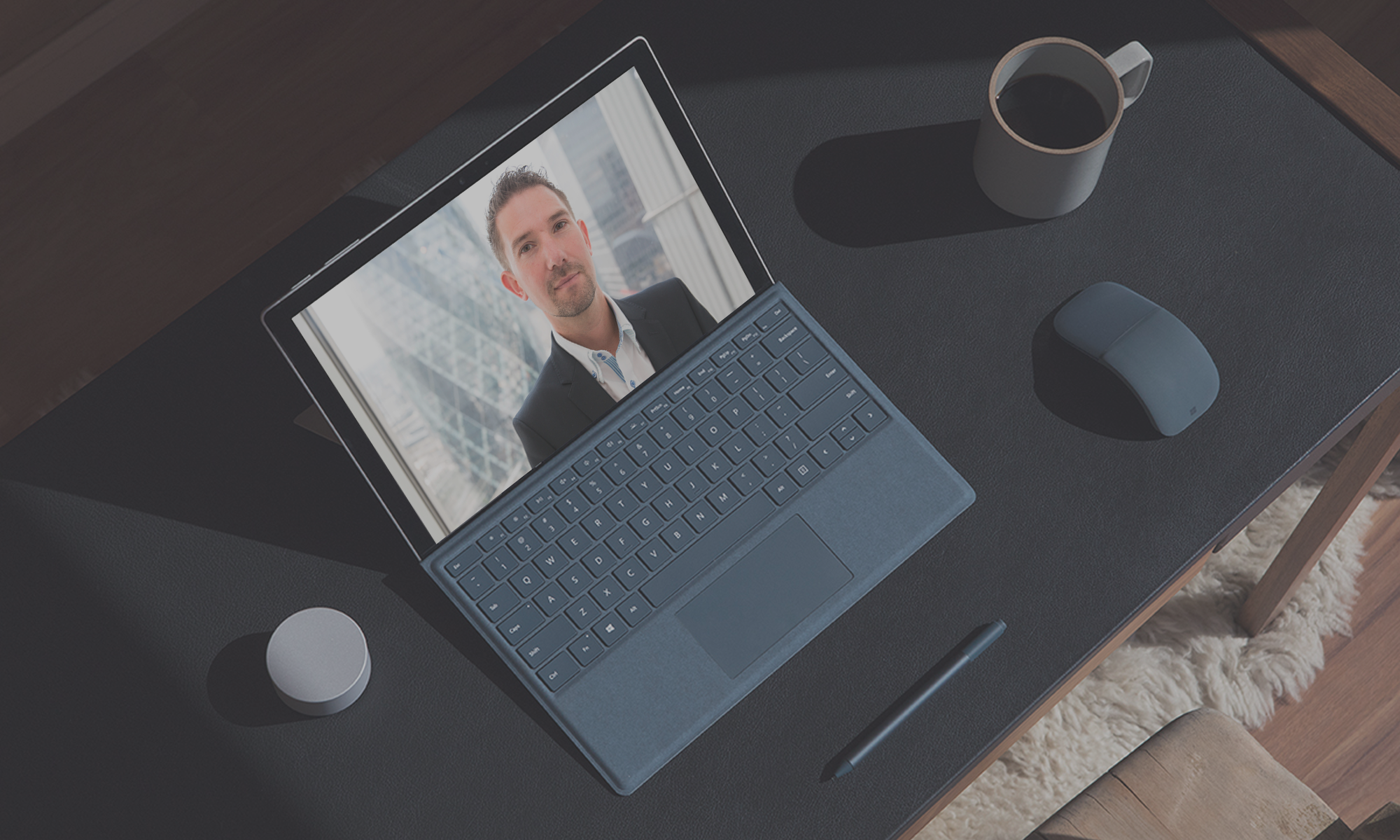In my work life, I am a Technology Officer for Cisilion (a leading UK Microsoft and Cisco technology and service integrator and enabler), but beyond work, I love technology and more importantly, I love to find ways in incorporate new and emerging (or just plain cool) technology into the everyday lives of myself and my family. I’m also a Microsoft MVP, which means I have even more reasons to be a fan and supporter of some of the best and Microsoft – these include Microsoft Designer, Microsoft Clipchamp and of course Microsoft Copilot!
In this blog (with some videos along the way), I’ll show you some of the ways we incorporate the latest Microsoft products into our family activities, routine, and life.
This blog will focus around the recently released Microsoft Designer – which we have been using throughout its development – you’ll see just what a simple to use, yet powerful tool this is and how it has allowed me to blend my professional expertise with my role as a parent and cub leader.
For those new to Designer – you can access it on the web https://designer.microsoft.com or via the mobile app on iOS and Android.
Setting the Scene – About our Family!
I’m married, we have a cat and two young boys (currently nine and seven), the youngest is autistic and the eldest is ADHD (though not officially diagnosed). This means attention to detail is really high, yet patience is low, and they both hate waiting for things or things that take too long and are “boring” are a no no! One loves trains and the other planes (and trains). We created this design in Designer for Christmas Cards in December 2023 🙂

In my work life, I am a Technology Officer, my wife is a teacher that specialises in Special Educational Needs, and in my “spare” time I am a Cub Scout Assistant Leader in my hometown of West Wickham in Kent. My kids love trains, and everything related to them and much of our family time is spend satisfying their craving for train related activities…
Work / Technology Blogs
In my line of work, personal (technical life as a Microsoft MVP) and side-blogger, I use Designer to create inspiring, original and personalised images for blog covers and articles.
The example below is an image design I asked Microsoft Designer to create introducing the new Cyber Security bill announced at the recent Kings Speech in July 2024.

Inspiring Young Minds – Scouting
Consistently looking for ways to ensure young people are ready for the world and life ahead of them, scouting is great. The children learn about working together, solving problems, critical thinking, empathy, the role of people in a community as well some great “life” skills such as exploring the great outside, camping, orienteering, first aid and safety and caring and supporting others.
Technology is a given in schools (well many), the workplace and in the home, but less so in scouting. In the past year, we have been looking at more ways to integrate technology into what we do in simple, yet inclusive ways.
This past year we have been using technology subtly within the “curriculum” without impacting the practical and outdoor nature of the groups purpose. We have digital badges and creative projects and decided early last year (2023) to blend AI design creation into the Cub Scout Group.
After some simple interactive design sessions, we soon had the Cub Scouts designing custom badges, event posters (for a gang show), and promotional advertising (shared over parent social media groups, which not only added a digital touch to what we did, but sparked curiosity and awareness.
Then, last Christmas, the Cubs raised some money for Crisis at Christmas (which fund Christmas dinner and shelter for homeless people) and they together in in groups, created some banner/posters. This was the “winning” one which we used to share the donation to Crisis with

New Business Ideas
In May 2024, my wife, marketing manager, turned mother, then childminder and now Deputy Pre School manager is looking to venture out and start her our Pre-School aimed at children with Special Education Needs. She had contacted a couple of small graphic design companies to get quotes for a logo design, but then turned to Microsoft Designer Image Creator to see what it could produce. Once she overcame the DALLE-3 “wording and spelling challenges”, she very quickly has a design she loved which she then polished off in Designer Editor. This took minutes and saved her at least £100!

Educating Young People – Showcasing AI Design to Year 2 and Year 4
Towards the end of the summer term, parents were invited to come into my children’s school and talk a bit out their job and an what they do. I had 30 minutes with two classes of year 4 children, followed by a the same with two classes in year 2.
Part of my “talk” involved an interactive session with the children, where we talked about how AI would impact every part of their lives and jobs and used a combination of Microsoft Designer and Microsoft Copilot to create a class mascot and a story to go with it.

End of School Year – Thank you gifts
As the school year ended for my children at the end of July, we bought small teacher gifts and my eldest (nine), took to Designer to create some stickers we could print on sticker paper and attach to the gifts to give them a personalised touch.

Microsoft Designer sticker creation handled the task nicely. We took the images, dropped into PowerPoint to duplicate, and size them, and printed out the stickers to add to plants and chocolates we’d bought/grown for the teaching staff and assistants.
Supporting my children’s passion for Trains
My wider blog on Designer’s capability, is focussed heavily on how we use Designer to add some flair into my son’s hobby around trains and travel. We spend most weekends riding trains, visiting train museums and doing videos about different trains, train lines and doing little challenges.
As we aim to “promote” his videos a little more, we have taken to Microsoft Designer to advertise his work.


Improving our promoting skills
Finally, working with Gen AI tools is a skill in its’ own and takes practice and experimenting to get the “perfect image”. There is a great community of people on social media, including some of the @MSFT365Designer team and users. It’s great to get inspiration from others, share your prompts and take on the challenges of creating new and exciting images.
Why not get involved… Don’t forget to #MicrosoftDesigner.

Thanks for Reading
Thanks for reading – I hope this gives some inspiration around how you could use Microsoft Designer for work, personal life, hobbies and more.
I have written a wider blog with video guides about how to use Microsoft Designer, which goes into examples of different ways to use it.⬇️
You can read/watch this here.
How to use Microsoft Designer – “free” AI Powered Design Revolution


































